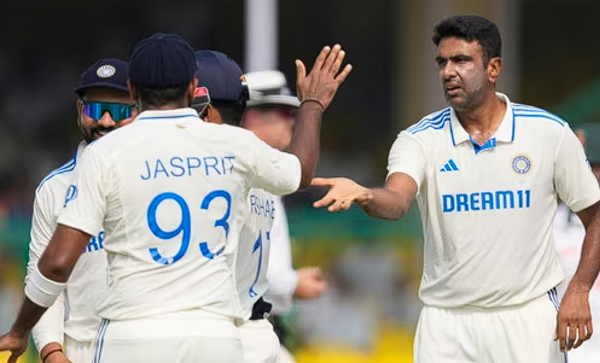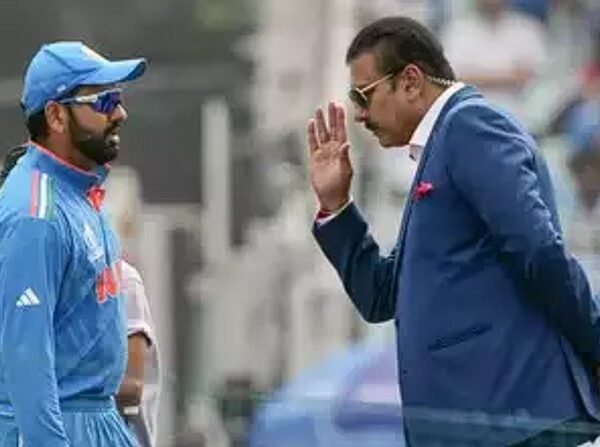The year 2007 marked a revolutionary moment in the world of cricket with the introduction of the T20 format. As the inaugural ICC T20 World Cup reached its climax, all eyes were on the final clash between two fierce rivals, India and Pakistan. The Wanderers Stadium in Johannesburg was charged with electrifying energy as fans from both nations poured in to witness a historic battle that would forever change the landscape of cricket.
Setting the Stage:
Mahendra Singh Dhoni, the charismatic captain of India, won the toss and elected to bat first. With the aggressive opening duo of Virender Sehwag and Gautam Gambhir, India’s intent was clear – to set a challenging target. Sehwag’s blistering shots ignited the fireworks, sending shivers down the spines of Pakistani bowlers. However, as the wickets of Sehwag and other top-order batsmen fell, it was Gambhir’s composed innings that anchored India’s innings, propelling them to a competitive total of 157/5.
Pakistan’s Roaring Reply:
Chasing 158 for victory, Pakistan had the daunting task of overcoming India’s formidable bowling attack. The dynamic duo of Imran Nazir and Kamran Akmal did not shy away from the challenge and unleashed an assault on the Indian bowlers. Nazir, in particular, displayed an exhibition of power-hitting, sending the ball soaring to all corners of the ground. The Indian bowlers were left gasping for answers.
The Turning Point:
Just when Pakistan seemed to be cruising towards victory, the match took a dramatic turn. The introduction of the left-arm seamer, Irfan Pathan, proved to be a masterstroke by Dhoni. Pathan provided the breakthrough India needed, dismissing both Nazir and Akmal in quick succession. With the departure of the openers, the pendulum began to swing in India’s favor.
Younis Khan and Mohammad Yousuf’s Battle:
As the tension intensified, Younis Khan and Mohammad Yousuf, two experienced campaigners, took center stage. They steadied the ship for Pakistan with a determined partnership, demonstrating impeccable timing and shot selection. Their synergy raised hopes in the Pakistani camp and intensified the nail-biting contest.

The Final Over Drama:
With just 13 runs needed off the last over, Dhoni turned to the unfancied Joginder Sharma to defend the total. The equation boiled down to six runs required off the last four balls when Misbah-ul-Haq, the explosive batsman, took charge. Misbah’s innovative shots kept Pakistan’s dreams alive, and a sense of déjà vu from the T20 semi-final against New Zealand loomed.
The Unforgettable Finish:
With the tension soaring and the stadium on the edge of its seat, Joginder Sharma delivered the ultimate moment of glory. Keeping his cool under immense pressure, he bowled a slower delivery that deceived Misbah. Attempting a scoop shot, Misbah mistimed it, and the ball lobbed into the air. Sreesanth at short fine leg settled under the skier, and time stood still as he secured the catch that etched India’s name in history as the first T20 World Cup champions.
Conclusion:
The 2007 T20 World Cup final was an enthralling spectacle that showcased the emergence of the T20 format and the spirit of cricket rivalry between India and Pakistan. It encapsulated the essence of the game, providing a roller-coaster of emotions from euphoria to heartbreak. The historic clash not only inspired a new generation of cricket fans but also paved the way for the immense popularity of T20 cricket worldwide.



